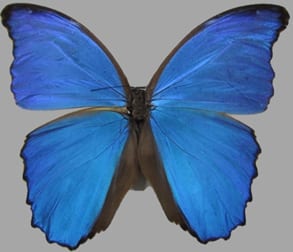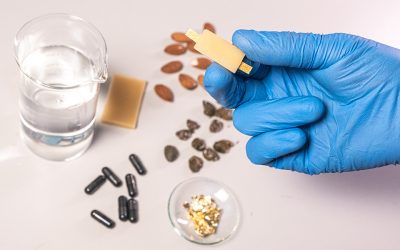 Magnetophotonic crystal systems are of great interest by controlling light beams through an external magnetic field, for potential use in magnetic field sensors, optical switches and magneto-optical isolators. Owing to the strong attractive magnetic interaction between the magnetic particles, magnetophotonic crystal cannot be synthesized easily.
Magnetophotonic crystal systems are of great interest by controlling light beams through an external magnetic field, for potential use in magnetic field sensors, optical switches and magneto-optical isolators. Owing to the strong attractive magnetic interaction between the magnetic particles, magnetophotonic crystal cannot be synthesized easily.
In a further twist, it was recently discovered that magnetite colloidal crystals can be realized by ferrofluid in aqueous solutions or in nonpolar solvents. During the process, surface coating with metal or a layer of polyelectrolytes was necessary for the successful assembly of magnetite photonic crystal in order to introduce electrostatic repulsive forces to balance the magnetic attractive force. But how can we get more complex geometries, such as three-dimenisonal photonic nanostructures, is still a challenge to model?
Following on from other work on butterfly biomimetics (reported on MaterialsViews last week), Professors Di Zhang and Shenmin Zhu and their team have developed a method to fabricate 3D network magneto photonic crystal from a butterfly wing. The optical properties of the magnetite photonic crystal can be successfully controlled by the external magnetic field.
The authors say the biomimetic technique provides an effective approach to produce magnetophotonic crystals, which is promising and significant for the investigation of magneto-optic properties.

















